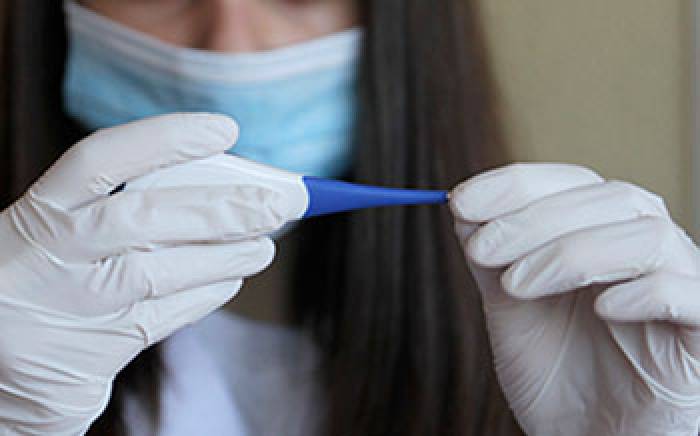Tiny deer ticks can carry a harmful bacteria that causes Lyme disease. This bacteria, Borrelia burgdorferi, can be transmitted to humans if a person receives a bite from an infected tick.
Once the body is infected, the bacteria enter the blood stream and multiply. As the infection progresses, symptoms begin to develop, and most people will notice an expanding red bulls-eye shaped rash on the skin.
The incubation period from infection to onset of rash can be as short as 3 days or as long as 30 days. Some infected individuals have no symptoms while others will exhibit fever, headaches, muscle aches, and joint pain. Symptoms can also spread to the nervous system and heart.
Infection with this bacteria can have a lasting effect on the body by causing chronic arthritis and nerve damage within 2 or 3 years of the original infection.
If you have any of these symptoms, consult your physician. To prevent Lyme disease, check yourself often for ticks if you have been in an area where deer ticks may be, and remove them promptly. If you live in an area where Lyme disease is prevalent, consult your doctor about ways to reduce your risk for becoming infected.










